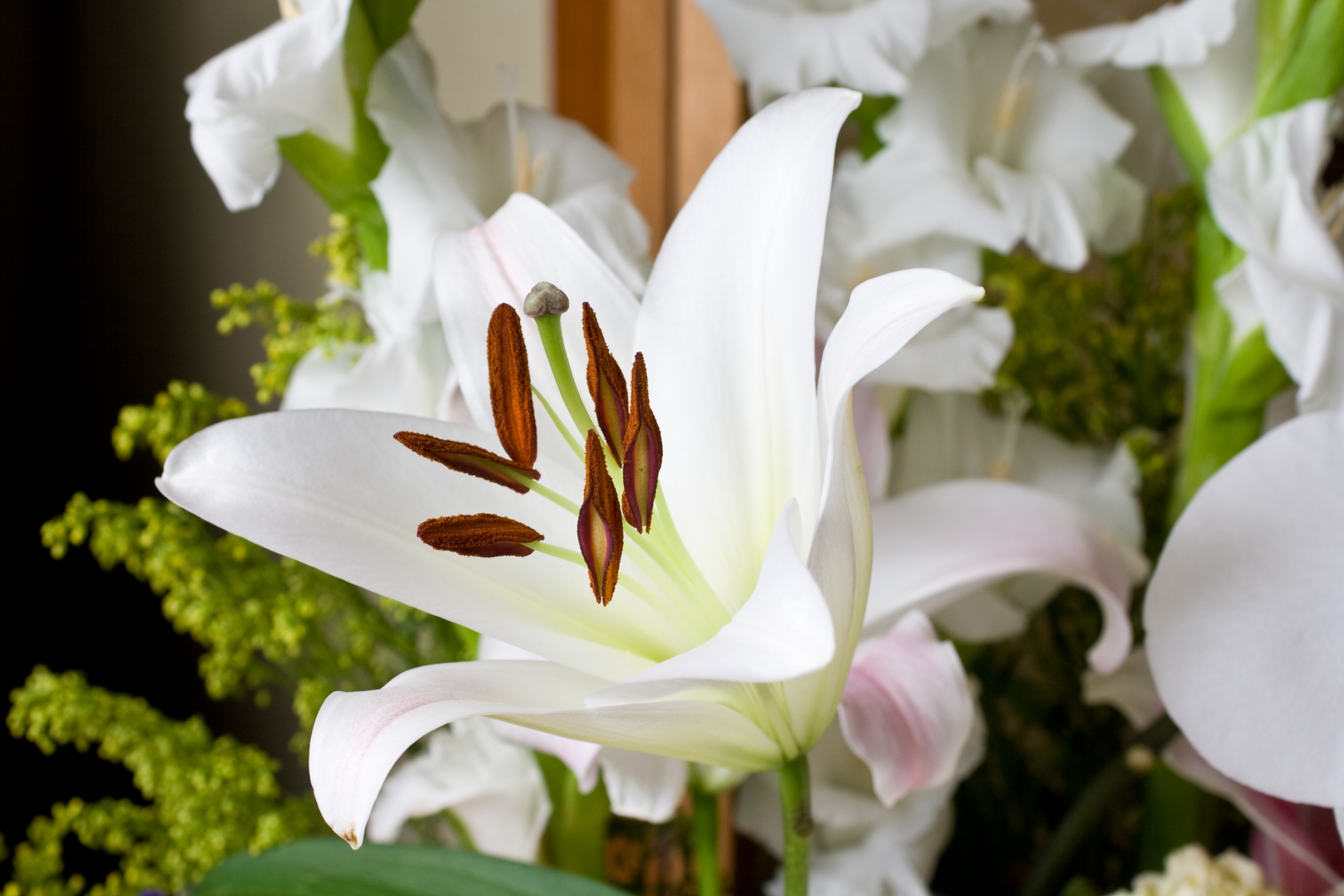The loss of a loved one is always a difficult and emotional experience. When it comes to funeral traditions, Japan has a rich and unique culture that is deeply rooted in respect, tradition, and spiritual beliefs. From the preparation of the body to the final resting place, Japanese funeral ceremonies are carefully planned and executed with precision and grace. In this article, we will explore the various traditions and customs that make up a Japanese funeral ceremony.

Planning a trip to Japan?
Preparation of the Body
In Japan, the process of preparing the body is called ‘kansou’ and it involves washing and dressing the deceased in traditional funeral attire. The body is typically washed by family members and dressed in a white kimono or robe, which represents purity and the transition to the afterlife. The head of the deceased is also adorned with a small white cap known as a ‘tenugui’ or a ‘hachimaki’, depending on the region. The tenugui is often tied in a way that covers the deceased’s face, as it is believed that the face should not be seen once the soul has left the body.
Funeral Services
The funeral service, known as ‘ososhiki’, is typically held within a week of the person’s passing. The service is often held at a funeral home or temple and may involve religious rituals and offerings. Family members and close friends of the deceased are expected to attend and offer condolences. Visitors are expected to dress formally in black or dark clothing.
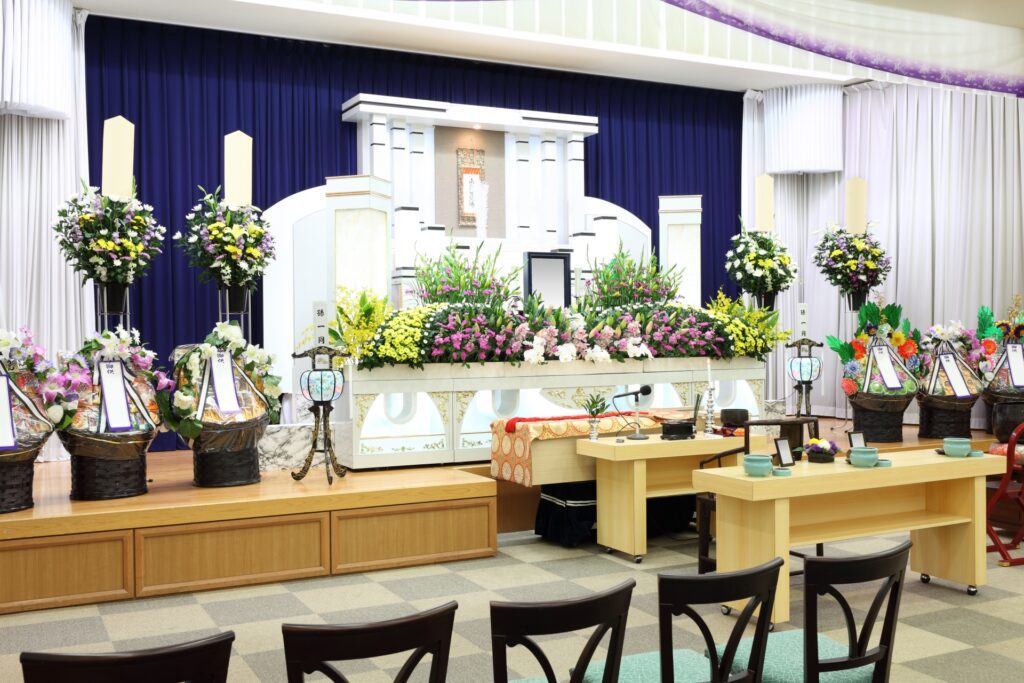
During the ceremony, mourners are seated in front of the altar, facing the deceased. The altar is adorned with flowers, candles, and a portrait of the deceased. In some cases, family members may also speak or offer eulogies.
After the ceremony, mourners are expected to offer incense at the altar and bow to the deceased as a sign of respect.
Cremation and Burial
In Japan, cremation is the most common form of disposition. The cremation process typically takes place immediately after the funeral service, with the family members in attendance. The ashes are then placed in an urn and taken to the final resting place.
In Japan, a traditional headstone for a final resting place is called a “sotoba” (卒塔婆). These are typically tall, slender wooden or stone monuments placed. Alongside the sotoba, you’ll often find small wooden sticks called “sotoba-fuda” (卒塔婆札). These sticks are inscribed with the name of the deceased and other pertinent information and are placed at the base of the sotoba as a form of remembrance and to honor the departed. The sotoba itself serves as a marker for the grave and is often adorned with Buddhist symbols or prayers. These traditions reflect the deep influence of Buddhism on Japanese culture and the importance placed on honoring ancestors and preserving their memory through tangible markers like the sotoba.
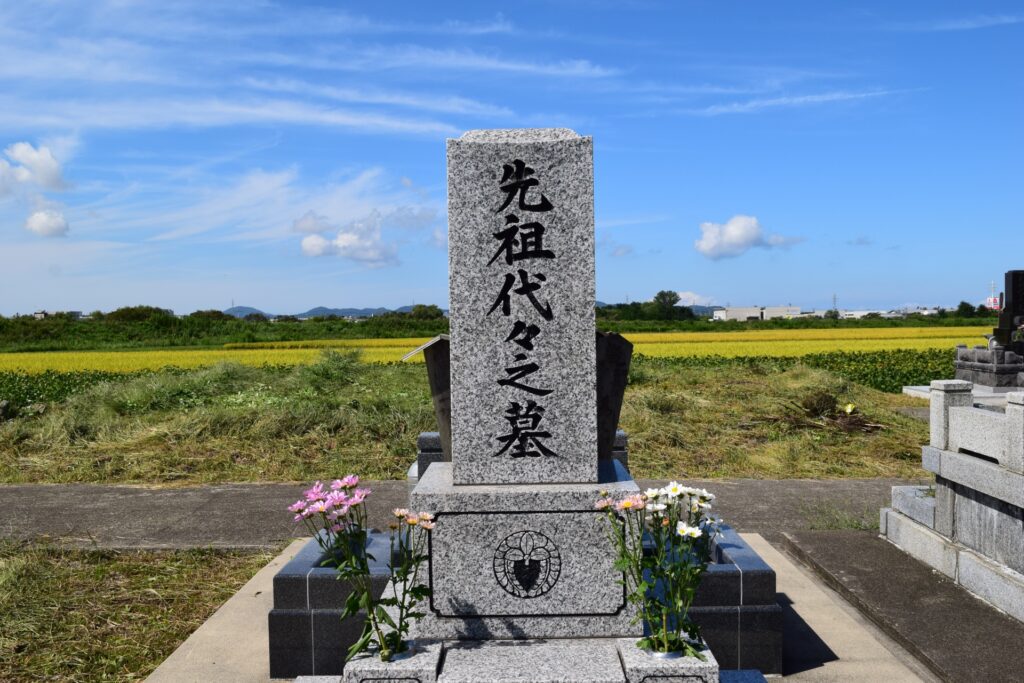
Symbolism of White Flowers
In Japanese culture, flowers hold a significant meaning and are often used to express emotions and convey messages. In the context of a funeral, white flowers are commonly used to symbolize purity, innocence, and the hope for the soul’s journey to the afterlife. Some of the most commonly used white flowers at Japanese funerals include chrysanthemums, lilies, and cherry blossoms.
Chrysanthemums, or ‘kiku’ in Japanese, are a symbol of death and are often associated with funerals. In Japan, they are also considered a symbol of the emperor and the imperial family. Lilies, or ‘yuri’ in Japanese, are often used as a symbol of the restoration of innocence and the hope for rebirth. Cherry blossoms, or ‘sakura’, are associated with the transience of life and the beauty of nature.
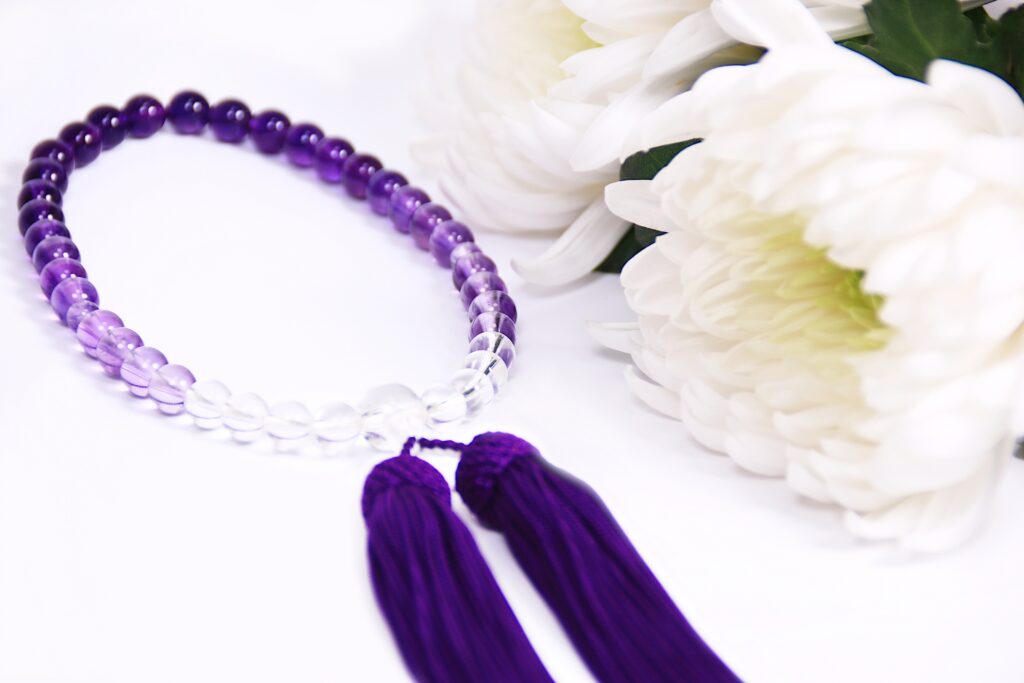
Mourning Period
After the funeral, the family enters a mourning period known as ‘koden’. During this time, the family wears black or dark clothing and refrains from social activities. Visitors are expected to bring condolences and offerings such as fruit or flowers. The mourning period typically lasts for 49 days, which is considered to be the time it takes for the soul to transition to the afterlife.
Ceremony at the 49th Day
In Japanese culture, the number seven is considered to be a significant number, as it represents the seven days of creation. In turn, the number 49 holds a special meaning as it represents seven times seven, and is often associated with cycles of rebirth and renewal. As such, there is a tradition in Japan where a ceremony is held on the 49th day after a person’s passing.
The ceremony is known as the ‘shijūkunichi’, and is held to commemorate the 49th day since the person’s passing. It is believed that on this day, the soul has completed its journey and has reached the afterlife. During the ceremony, family members and close friends gather to offer prayers and incense at the altar. Food offerings such as rice cakes and fruits are also presented to the deceased.
The gathers wear black and white clothes and often hold a bracelet. The bracelet worn to a Japanese funeral is called a “mourning bracelet” or “mokuroku” (喪腕輪). These bracelets are typically made of black cloth or silk and are worn on the wrist as a symbol of mourning and respect for the deceased. They are often distributed to funeral attendees as a way to show solidarity with the grieving family and to honor the memory of the departed. The wearing of mourning bracelets is a customary practice in Japanese funerals, reflecting the cultural emphasis on expressing condolences and support during times of loss.
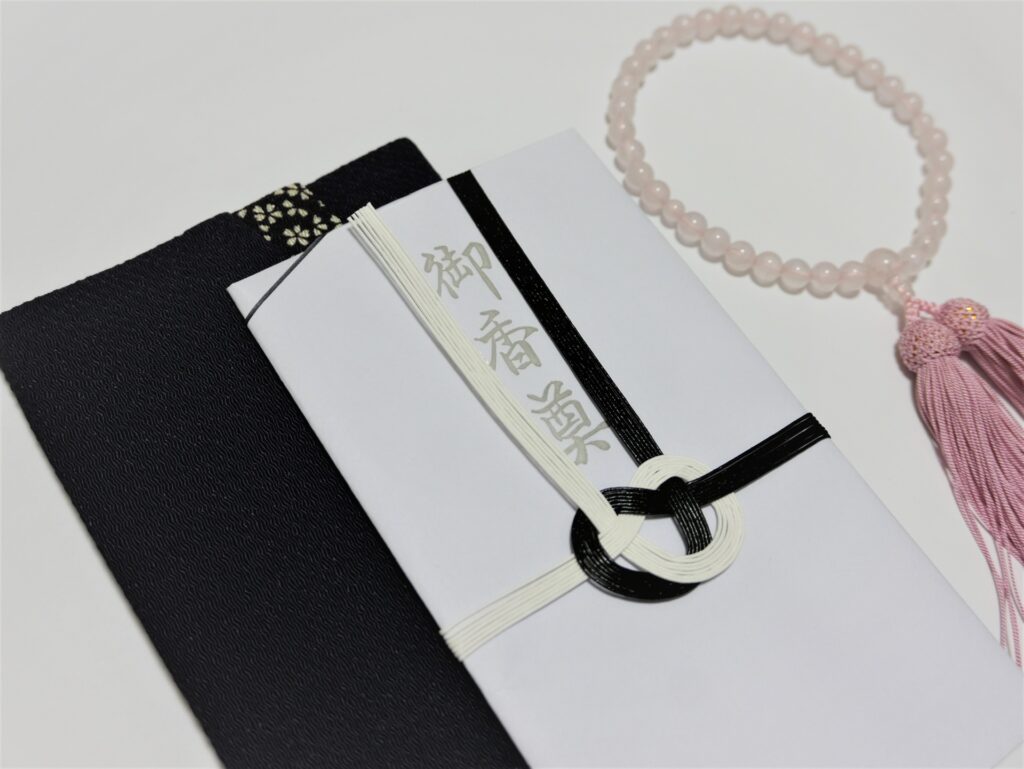
Other Traditions of a Japanese Funeral Ceremony
Aside from the preparation of the body, funeral service, cremation, and mourning period, there are other traditions and customs that are observed in a Japanese funeral ceremony. These include:
Final Thoughts
In Japan, funeral traditions are deeply rooted in respect, tradition, and spirituality. From the preparation of the body to the final resting place, every step of the funeral process is carefully planned and executed with precision and grace. By honoring the deceased in this way, Japanese funeral traditions offer comfort and closure to those who are left behind.
Disclaimer: If you use the link on this page to purchase travel insurance, we will receive a fee from Freely, a brand of Cover-More Insurance Services Pty Limited ABN 95 003 114 145 (AFSL 241713) (Cover- More). We do not act for Cover-More or Freely. The information provided is only on the availability of Freely products. We do not give advice & the information provided is not intended to give an opinion or recommendation regarding the product. For information on how to contact Cover-More or Freely refer to the PDS, FSG & TMD which can be found on the Freely website.

